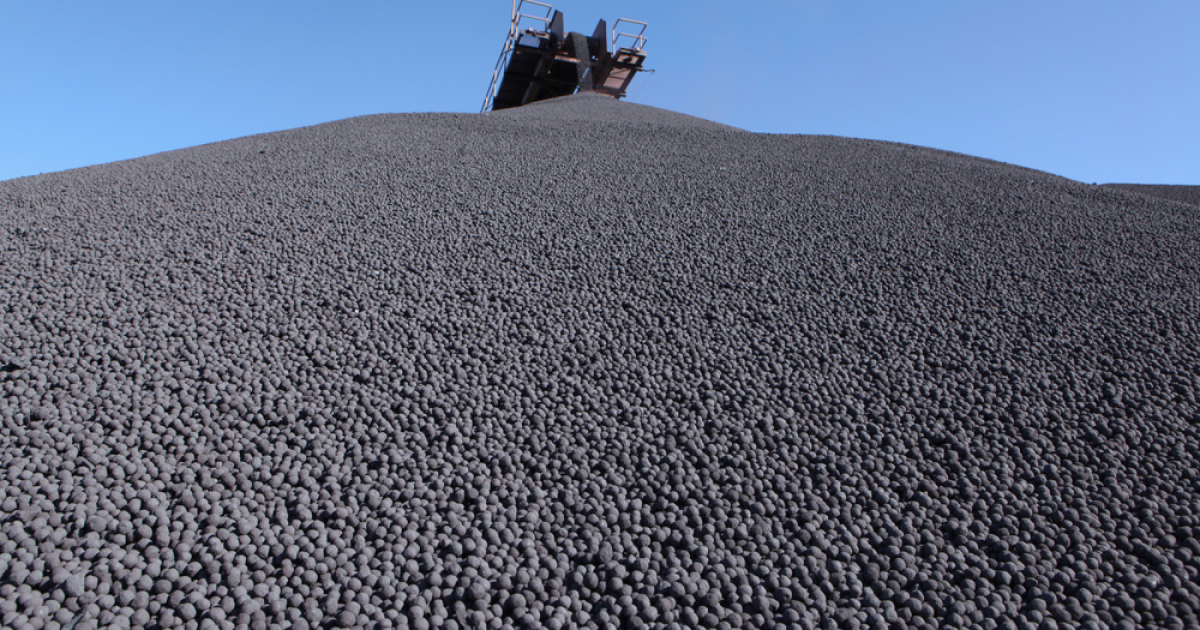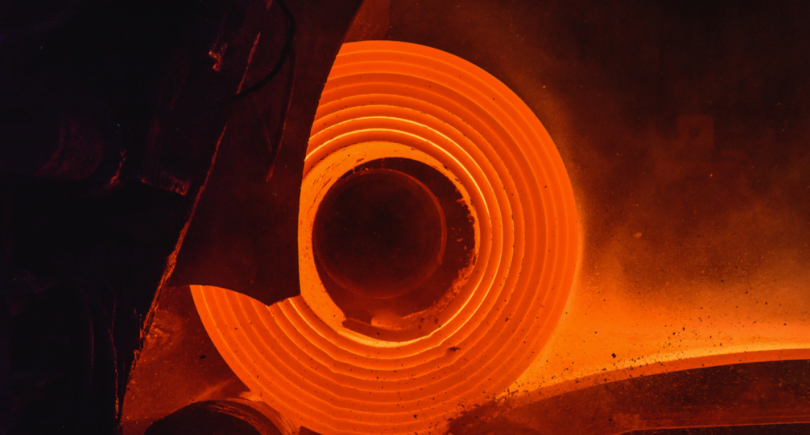
News Global Market India 1891 14 May 2025
Exports decreased by 40% y/y
In FY2024/2025, India increased production of iron ore pellets to 105 million tons, up 5% year-on-year. Despite a slowdown in the second half of the year, the growth was driven by stable steel production, increased use of pellets in blast furnaces, and expansion of domestic capacity.
According to BigMint, India’s total design capacity for pellets increased to 164 million tons per year, up from 148 million tons in the previous fiscal year. Odisha retained its leadership with a volume of 37 million tons (+3% y/y). West Bengal showed the most dynamic growth – almost 30% y/y due to the launch of new plants, including the Bengal Energy (BEL) plant with a capacity of 1.2 million tons per year.
Among the producers, JSW Steel is the leader with 27 million tons (+8% y/y), while AM/NS India reduced production by 14% y/y due to the collapse in exports of pellets by more than 55% y/y. At the same time, Tata Steel increased production by 16% y/y thanks to a new line in Kalinganagar.
The key drivers are the growth of steel production in the country (+5% y/y, to 152 million tons) and the increased use of pellets in blast furnace metallurgy (the share increased from 25% to over 50%). Pellets are also increasingly used in the production of sponge iron, accounting for 63% of the volume.
At the same time, the growth rate slowed down amid a 40% y/y drop in pellet exports. With current capacity utilization at 64%, oversupply could put pressure on the market.
In 2025/2026, pellet production is expected to continue to grow, but the key role will be played by demand in foreign markets and the development of energy-efficient technologies in the steel industry.
In FY2024/2025, India increased iron ore production by 4.3% year-on-year – to 289 million tons. This figure is a historic high, surpassing the previous record set in FY2023/2024 (277 million tons).




